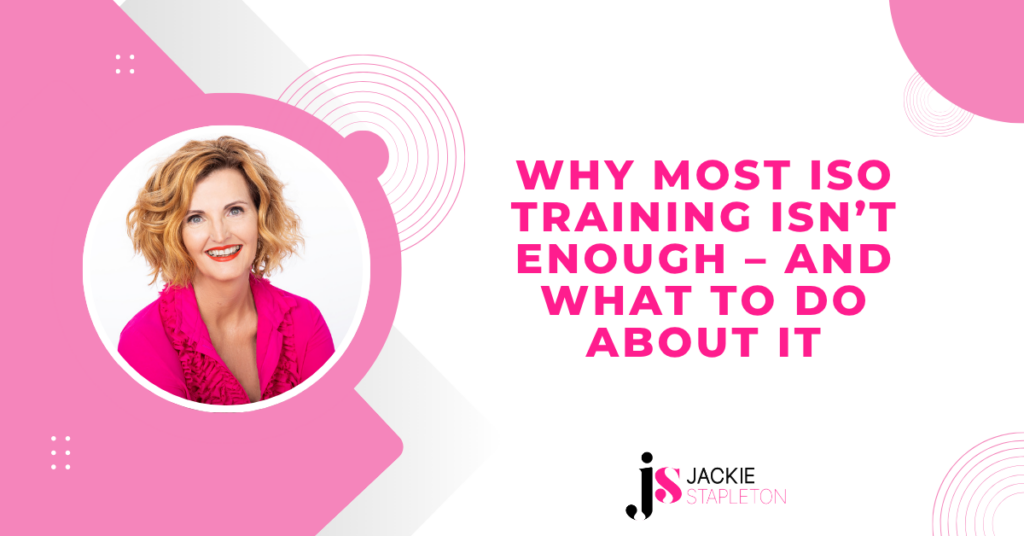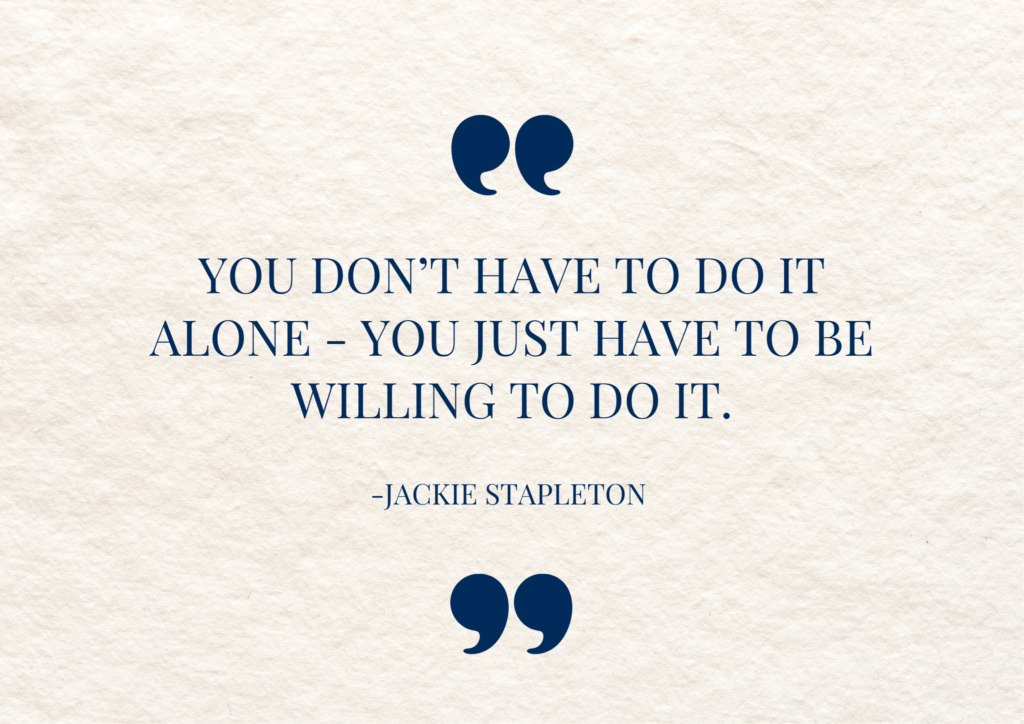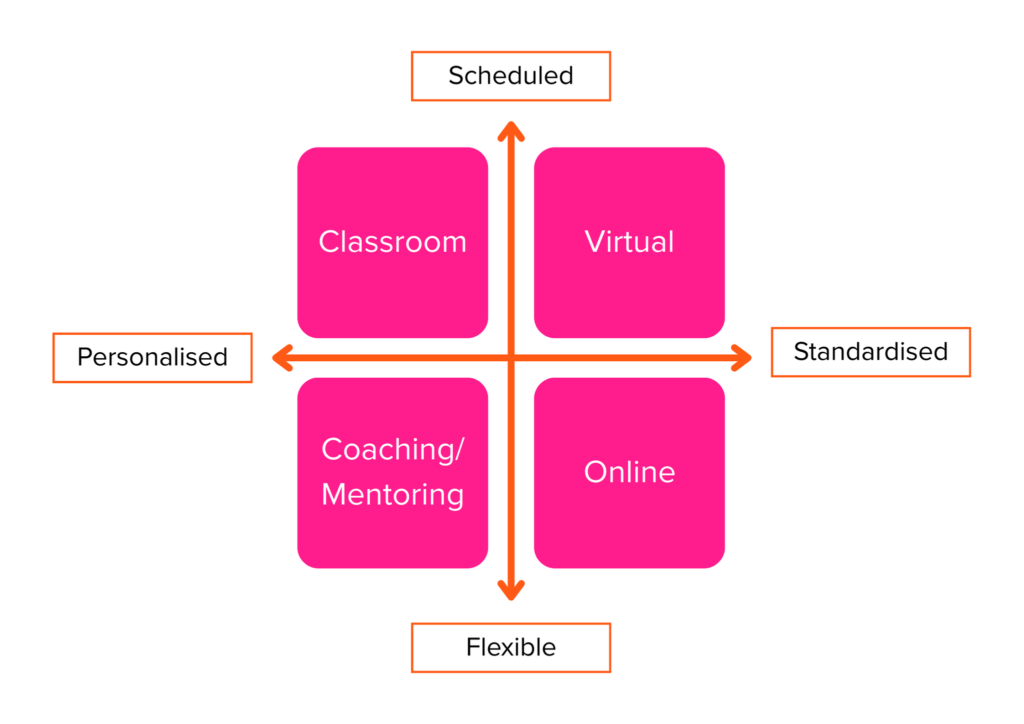November 13th, 2025

—
The first training I ever delivered was in a classroom.
That was the norm back in the ’90s – if you needed training, you packed a bag, booked flights, and blocked out days in your calendar. It was time-consuming, expensive, and often meant stepping completely away from your job to sit in a room and absorb as much as possible – only to return to a mountain of work waiting for you.
Fast-forward to 2013, when Auditor Training Online (ATOL) was born. ATOL were the first in the ISO industry to offer online training. I can still remember how disruptive that felt at the time. Suddenly, you could log in and learn without leaving your desk. It changed everything.
And then the pandemic hit – and let’s be honest, online training became the default. Now, it’s everywhere.
But here’s the thing:
Everyone starts with good intentions. But how many people actually finish their online course?
How many hit “pause” halfway through and never return?
How many have to extend their access just to get through it?
That’s where virtual learning came in – trying to bring the best of classroom into the online world. With breakout rooms, live trainers, and scheduled sessions, it felt more connected.
But even then, something was still missing. I’ve seen it for years. Whether it was classroom, online, or virtual – the biggest gap was always the same: application.
People would get their certificate, walk away with knowledge… and then reach out weeks later asking:
- “What does this mean for my business?”
- “Is this document okay?”
- “How do I apply this clause in our context?”
That’s when I knew something had to change.
And that’s why I created the coaching programs under Jackie Stapleton. No generic case studies. No tick-and-flick. Just real people, real businesses, and real questions – answered in real time.
We work together in group coaching, where you learn not just from me, but from others on the same journey. It’s practical, it’s personalised, and it’s focused on outcomes, not just certificates.
Now, these are four ways to learn ISO – and each one has its place. But only Coaching gives you flexibility and personalisation.
According to Learnstream, the average online course completion rate sits between 10% and 20%. That means for every 100 people who sign up, 80 to 90 never finish. Even for professional certification courses, the rates only improve slightly to around 30% to 40% which is still well below traditional in-person training.
These stats say a lot. People start with good intentions, but without structure, support, or accountability, most never make it to the end.

The ISO Learning Model: Which Path Fits You Best?
When it comes to learning ISO management systems, there’s no one-size-fits-all. Some people thrive on structure and schedules. Others need flexibility. Some want tailored support, while others are happy with a standard format.
That’s why we created this ISO Learning Model – to map the four most common learning types and help you choose what suits you (or your team) best.
No matter how you learn best – on a schedule, on demand, with a personal coach, or a set curriculum – there’s an ISO training format to match.
But if you’re after flexibility and personalisation? Coaching/Mentoring is the only one that meets both.

Here’s how each learning method aligns with the model:
- Classroom (Scheduled + Personalised)
Face-to-face, interactive, and typically set on fixed dates. Some opportunity for discussion and practical activities, but still follows a formal structure.
- Virtual (Scheduled + Standardised)
Live Zoom-style training. Scheduled and structured, often with large groups. Interaction is limited and content is pre-set.
- Online (Flexible + Standardised)
Fully self-paced with modules you can access anytime. Great for autonomy, but limited support or feedback. It’s the “go-it-alone” path.
- Coaching/Mentoring (Flexible + Personalised)
Tailored, real-world support with someone guiding you based on your actual needs. You get flexibility in timing and structure, with direct input that accelerates your growth.
Ready to take the next step? Here are three ways to move forward?
1. Explore the ISO Learning Model
Take a moment to reflect on how you learn best and which quadrant you’re currently sitting in. If your current approach isn’t working, it might be time to shift.
2. Join a Coaching/Mentoring Program
Whether you’re aiming to become a Confident Quality Leader, or a Successful ISO Consultant, coaching/mentoring gives you structure, support, and a real path to results.
3. Book a Next Step Strategy Session
Not sure where you fit or what to focus on first? Let’s figure it out together. This free session is designed to get you clear, aligned, and moving in the right direction. Book here!
View comments
+ Leave a comment